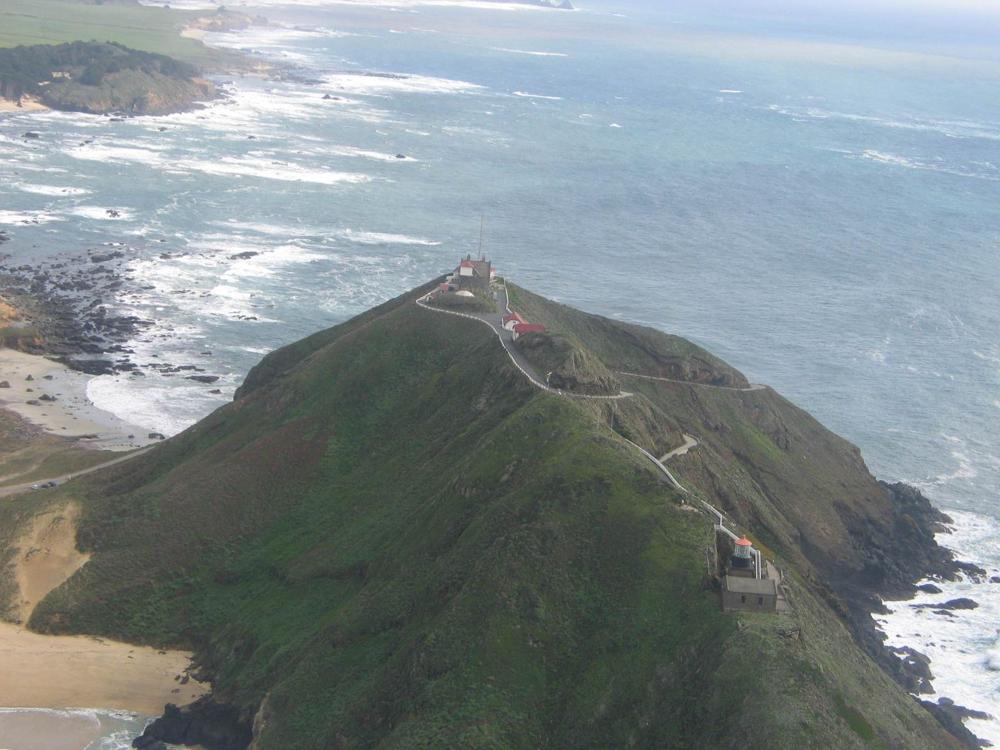‘The Blob’ Fueling Drastic Changes Under The Sea Ahead Of El Niño
It’s the crack of dawn on a recent morning at Fisherman’s Landing in Point Loma, and the docks are bustling.
Dozens of enthusiastic anglers have just returned with a boatload of bluefin tuna, dorado and yellowtail.
It’s been a banner season, said Andrew Dalo, who books reservations for Point Loma Sportfishing.
“I’ve got overnight and day-and-a-half boats that are catching 100- to almost 200-pound bluefin tuna up off our coast here, out west and up north,” Dalo said. “And that’s stuff that we don’t even normally see up here, let alone go after.”
The tropical fish are typically reeled in off Mexico and far off-shore, Dalo said. Now they’re being hooked as close as 10-20 miles off of San Diego, where water temperatures are exceptionally warm.
“Right now we’re 4 to 5 degrees above normal, which to you and me doesn’t seem like much, but if you’re an animal living in the sea and you live at that temperature — that’s a huge change,” said Toby Garfield, director of the Environmental Research Division at Southwest Fisheries Science Center in La Jolla.
The warm water, which scientists have named “the blob,” formed two years ago near Alaska and has spread down the West Coast. Garfield said the warm conditions have sent mother nature into disarray.
“In fact, having this additional warm water has changed the winds a little bit,” Garfield explained. “The upwelling winds really drive the productivity along the California coast. So if you reduce that productivity, you start changing a lot of different parts of the whole ecosystem.”
Much of the fishery population has shifted north, and El Niño hasn’t even arrived yet, said Garfield, who analyzes ocean conditions and reports his findings to the Pacific Fishery Management Council.
“If you go out and do an assessment and you’re not sure where that population is from, you can get some erroneous results in terms of how you’re going to divide up the fisheries,” Garfield said. “And remember, the fish don’t know there’s a Mexican border or Canadian border.”
“We really do have a front row seat on a fascinating change,” Garfield added. “We haven’t seen it this anomalously warm in the record, and at the same time, we’re having a developing El Niño.”
Garfield said he sees two possible scenarios playing out this winter: El Niño’s storm energy will stir up the water, causing the cool water from the ocean depths to mix with and cool the water at the surface.
“That’s one scenario — that it may disappear and will go back to more normal temperatures,” Garfield explained. “The other scenario is that the two will reinforce each other and we’ll have even warmer conditions, and the weather patterns will be different than we expect with a normal El Niño.”
Garfield says additional heat from El Niño could produce storms with higher energy and moisture.
Meanwhile, the telltale signs of current ocean water temperatures from “the blob” have appeared in recent months along San Diego’s shores. The unusual visitors range from hammerhead sharks to tropical fish to millions of red tuna crabs.
“We’ve also seen ‘by the wind sailors’ that have occurred en masse on the shores here on La Jolla and elsewhere,” said David Checkley, a professor of marine biology at Scripps Institution of Oceanography.
Checkley said the reduction in upwelling of cold water nutrients from the ocean floor has drastically altered the food web.
“At the base of the food chain it’s been observed that the amount of chlorophyll or phytoplankton is lower than normal because we have fewer nutrients brought up into the surface waters,” Checkley said.
Phytoplankton provide food for a wide range of sea creatures including whales, shrimp, snails, and jellyfish, according to the National Oceanic Atmospheric Administration.
“The continued poor health of the California sea lion population is likely due to a lack of forage — anchovy, sardines… perhaps squid,” Checkley said.
An algal bloom occurring along the West Coast from California up to Alaska is also a growing concern.
“Those harmful algal blooms sometimes come with toxins — demoic acid that can poison marine mammals that eat fish that consume those algae,” he said.
Checkley said water temperatures will likely eventually return to normal, but he can’t help but look at the conditions as a harbinger of the future.
“What perhaps is worrisome is if you think of things such as this and a long-term trend in a rise in temperatures associated with the climate warming or climate change,” Checkley said.
He predicts some sea creatures will suffer through El Niño.
“The winners are the recreational fishermen,” Checkley said.
San Diego’s sportfishing season usually wraps up in September, but not this year.
“We’re hoping this stuff stays around,” Dalo said. “If it stays up here, we can fish in U.S. waters. You bet. We’ll fish into October. We’ll fish into November.”
NASA – This map of the West Coast shows sea surface temperature anomalies in the Pacific Ocean in March 2015. They show how much above (red) or below (blue) water temperatures were compared to the long-term average from 2003 to 2012.
Read the original post and watch the video: www.kpbs.org


















